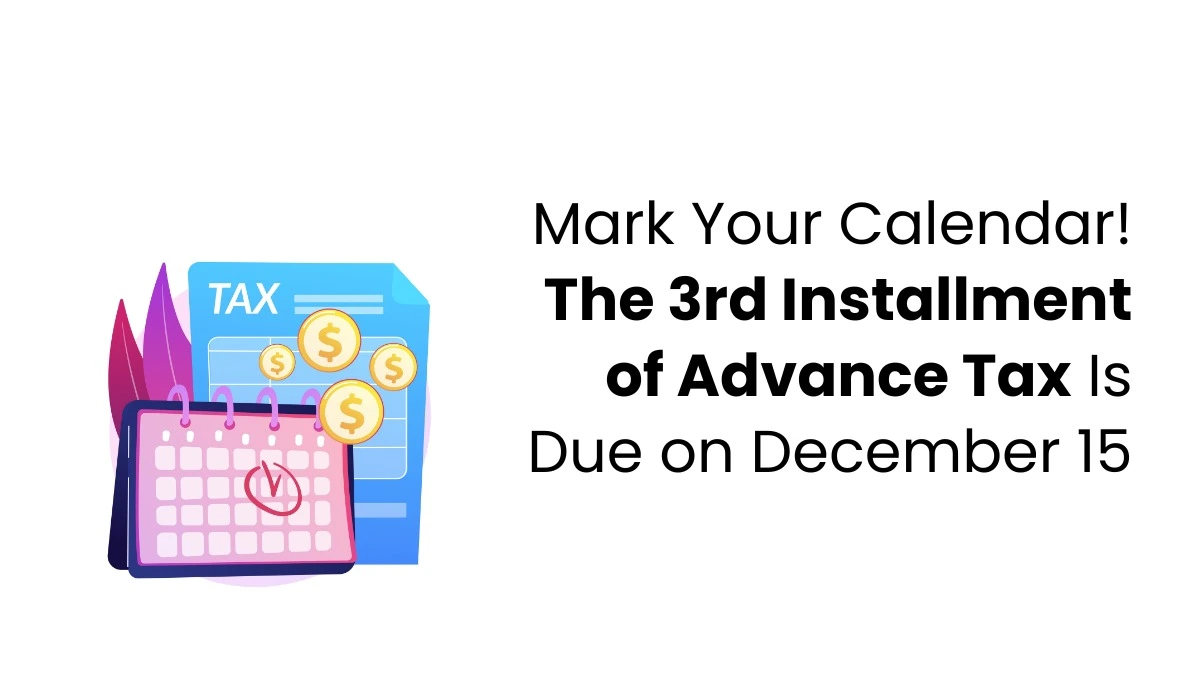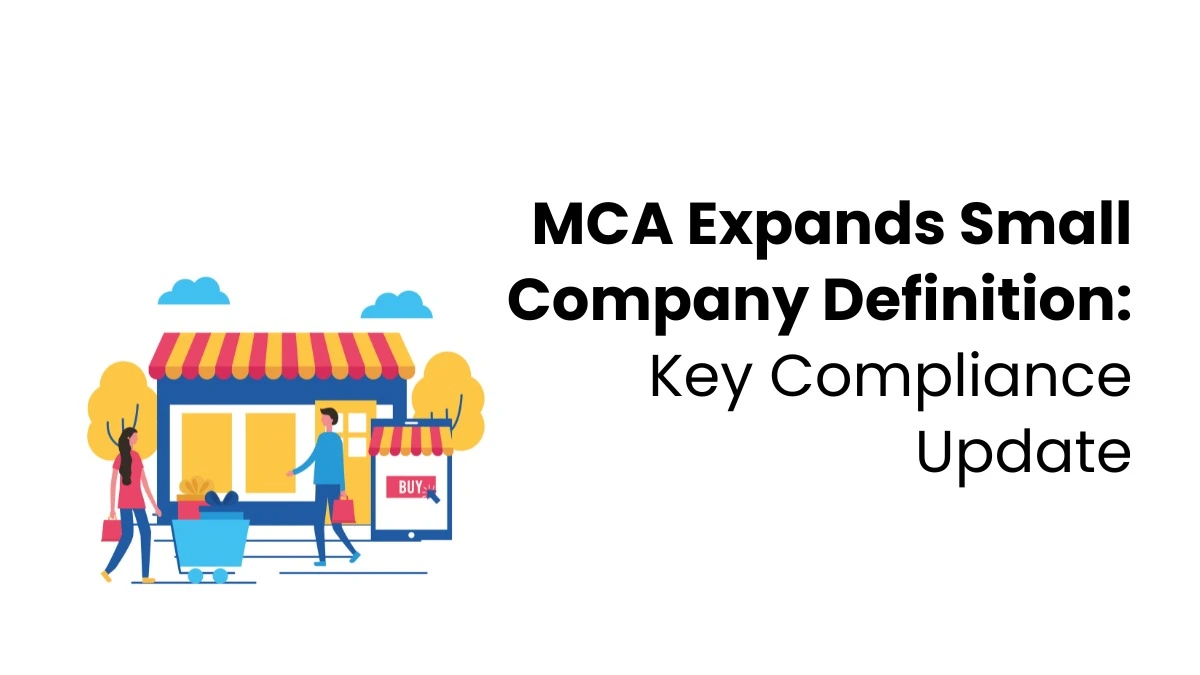Assets are an essential part of your balance sheet. You can use them to make money or as security when taking out a loan. There are different types of assets in accounting, and many people need to learn their differences. To learn more, read our guide through our Finance & Accounting Courses to learn about assets and the different types of assets in accounting.
Assets
Assets are things that have value and can bring financial benefits. They can belong to a person or a company and are used financially. Currently, assets can easily be converted into cash, and they may be short—and long-term investments. When an individual owns an asset, it is said to be personal property. If a business entity owns it, it is business property. Luckily, various methods can be used to define and employ these types of assets.
Understanding Assets
Therefore, personal property consists of valuable items that can later be sold and used to generate more money or acquire a higher value. Examples include a company’s share, a government bond, a house, or a piece of art.
To business entities, Assets are those resources that can produce revenues, minimize costs, or enhance the sale of their products. They include physical as well as working capital. Besides, they hold ideas and images as intellectual property. For an item to be included in the balance sheet, it has to be owned by the company at the date of preparing those statements.

Types of Assets
Here are types of assets are given below;
Current Assets
Current assets in accounting are items that can be quickly turned into cash within a year. They are important because they help keep your business running smoothly. Examples of current assets include:
- Cash and cash equivalents (accounts receivable)
- Money owed to you (short-term investments)
- Investments that can be easily sold (closing stock)
- Products you have in stock
Fixed Assets
Fixed assets cannot be turned into cash within a year. They are also known as “noncurrent assets” or “long-term assets.” Examples of fixed assets include:
- Real estate
- Patents
- Equipment, tools, and machinery
- Furniture
- Long-term investments
Tangible Assets
Tangible assets are items that have a physical existence. Examples of tangible assets include:
- Real estate
- Building
- Office Supplies
- Vehicles
- Equipment, tools, and machinery
Intangible Assets
You can’t touch intangible assets in accounting, but they still add long-term value to your company. Examples include:
- Trademarks
- Brand recognition
- Goodwill
- Research and development
- Patents
Operating Assets
Operating assets help your business make money through its regular activities. Examples include:
- Equipment, tools, and machinery
- Cash
- Real estate
- Patents
- Inventory
Non-Operating Assets
Non-operating assets don’t directly help your business earn money from its main activities. However, they can still bring in income in other ways. Examples include:
- Unused land
- Marketable securities
- Extra cash
- Short-term investments
- Spare equipment
How Different Types of Assets in Accounting Work
On a balance sheet, assets are usually divided into two main types: current and non-current assets. In contrast, fixed assets are immovable or noncurrent. Fixed assets are noncurrent assets; for example, buildings and machinery that one has employed for years and cannot sell easily and convert into cash. The second type of asset is, for example, a brand name, and depending upon the correct estimation of the value, it might not be an element of the balance sheet.
There is a difference in how every type of asset is treated. Depreciation is used for tangible assets, which are objects that one can feel, hold, or touch, such as equipment and buildings. Amortization is used the same as depreciation but for nontangible assets, such as patents and brand names. This is important because getting the tax right affects your business.
Examples of Assets
Personal assets in accounting include homes, land, financial securities, jewels, paintings, gold and silver, and cheque accounts. In the case of business entities, the assets could comprise motor vehicles, business premises, machinery and equipment, cash and cash equivalents, patents, and trademarks, among others. Current assets are any assets that are perceived to be consumed in a year or are expected to be utilized in the year and are often converted to cash. Noncurrent assets, also known as fixed assets, are assets used for more than one year.
Compared with current assets, fixed assets cannot be easily sold and, therefore, decline over time. That is why enrolling in accounting courses online, like Finprov, is the best way to learn more about assets in accounting. We provide practical training along with placement assistance that allows learners to acquire the best job in the industry.










